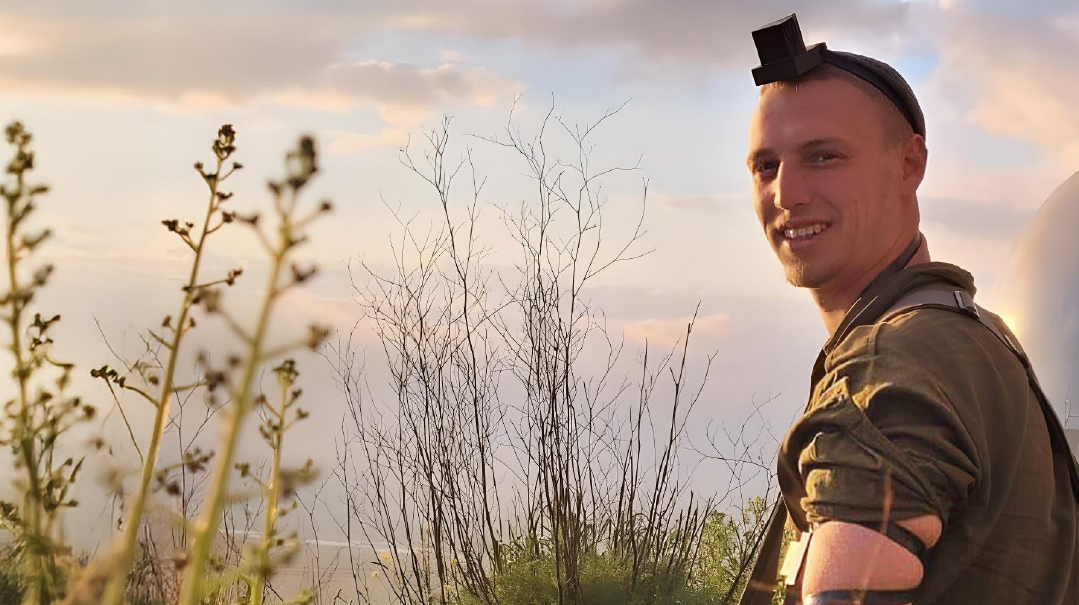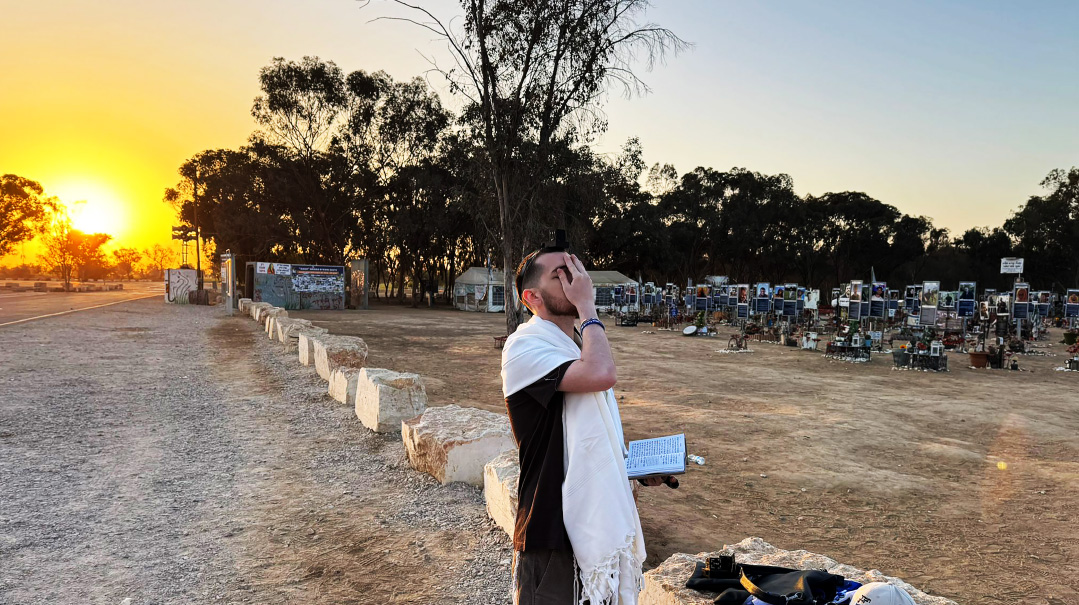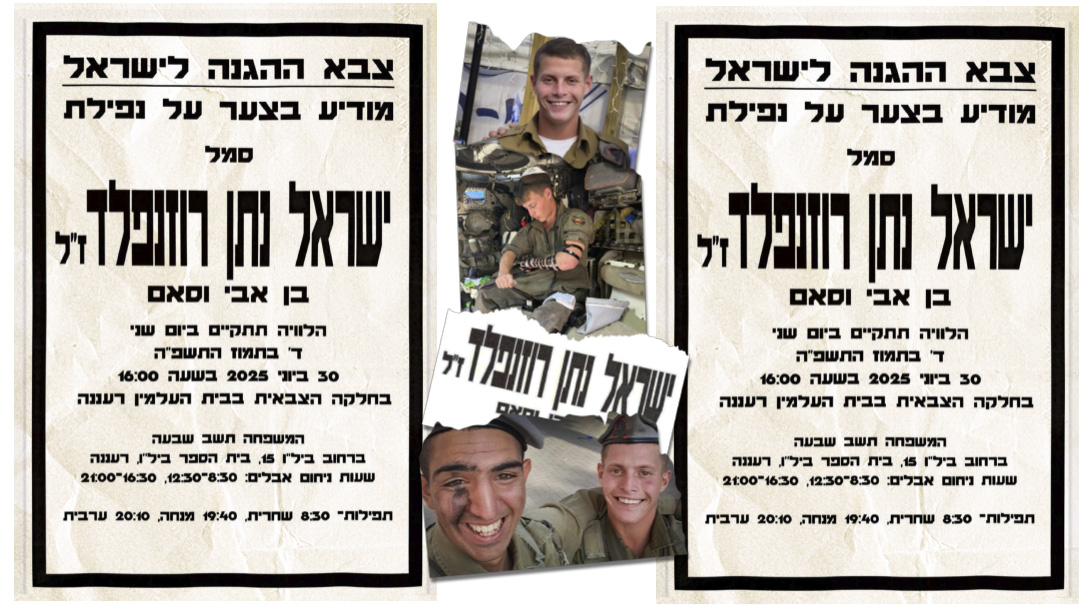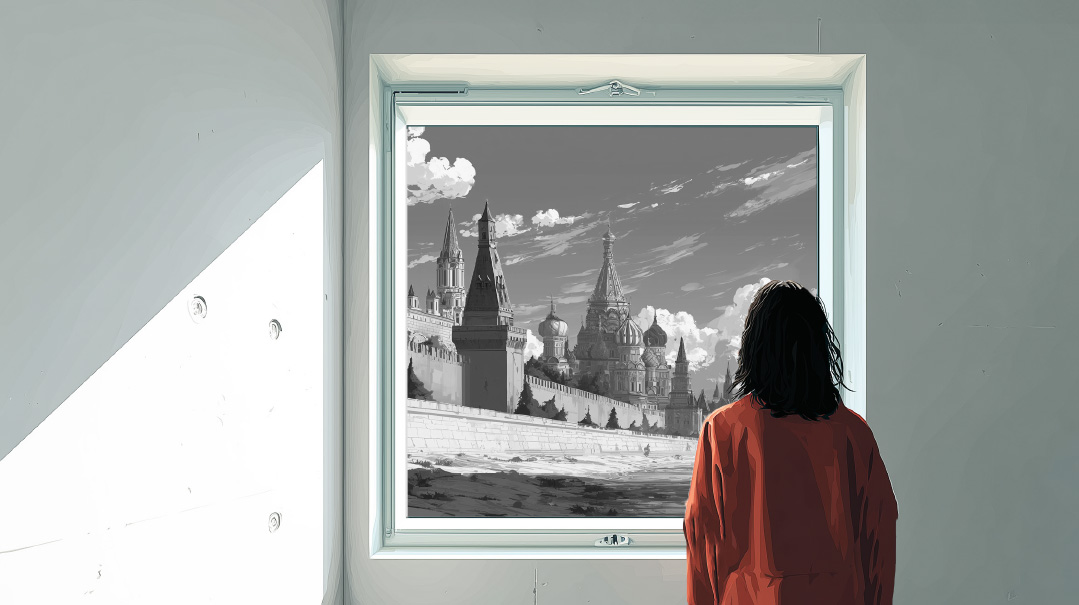View of Jerusalem

To have a view to the entrance of the grandest city is to agree to see it all
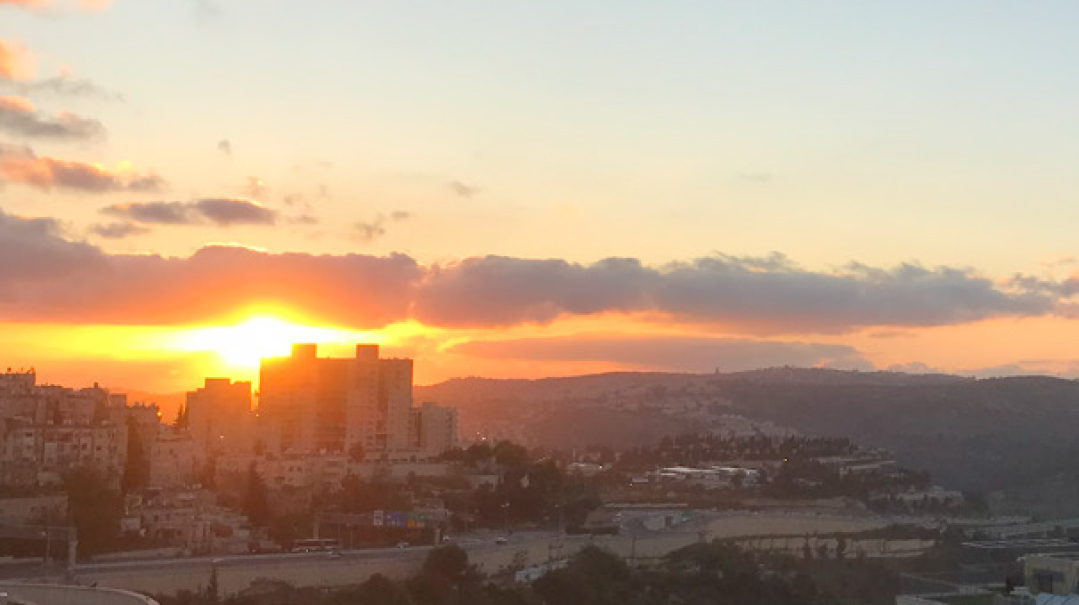
Y
ou know the road at the entrance to Jerusalem, the one with Bruchim Habaim formed out of stone on one side, the tumbling vista of a valley on the other?
You know that feeling of ascending that road, of winding between mountain and valley, of seeing verdant lowlands in a haze of sunshine, or a million lights at night, a view that never fails to awe?
That’s what I saw when I stepped out onto a porch in an apartment we were viewing. Set just atop the road that enters Jerusalem, taking in the widest expanse, from the iconic Chords Bridge on the left, to the kever of Shmuel Hanavi on a distant hill on the right. In between that, the rolling, rising, Lifta valley, the arched bridge for the train, Alp-like, the surrounding mountains. Yerushalayim, harim saviv lah….
I couldn’t get enough.
The apartment itself, the specs, those were secondary.
“Can you see the sunset from here?” I asked the agent.
We moved in and we had our light show every evening. The sun could be blinding white, or fiery red, the whole sky an unfurling canvas, shifting and changing by degrees. Some days, the oranges, the pinks, were so soft, pastel, filling you with tenderness inside.
In those first weeks, I snapped a thousand pictures. From this angle, from that, playing around with panorama settings. Friends groaned as I clogged our group with pictures.
“A view is something you get used to,” someone said. “After a while you don’t see it anymore.”
Not me. I couldn’t get enough of the pink glow bathing my home. Trees, mountains, trains, traffic. The sky living and breathing, its own being.
“Look at those dragons,” my daughter said of the clouds underlit by waning sun.
We found shapes and characters, and later, the moon. We watched the month go by, crescent to sphere to disappearance. On a clear night, we could see stars in the deep. We owned the sky. Add the whole firmament to a small square meter count — and what have you got?
What I didn’t realize is that a view like that takes in more. To have a view to the entrance of the grandest city is to agree to see it all.
On October 7th, Shabbos Simchas Torah, having a view of that much sky meant seeing celestial corkscrews as the Iron Dome intercepted incoming rockets in a blaze of white smoke.
It meant that all day we watched the highway fill with emergency vehicles. (I already knew that my view meant witnessing the cars, if few, on Shabbos. You couldn’t pretend that in the holiest city only the holiest things were happening.) Our building is behind Hatzalah headquarters and overlooks Magen David Adom. Vantage view? Also a vantage point for emergency services.
It meant that all of Simchas Torah day, we watched the crowds gather outside the Magen David Adom building to donate blood in response to an announcement of desperate shortage, of hundreds — who knew how many then? — who needed transfusions. While people hunkered down in their homes, I could see just how many were coming out to support this in whatever way they could.
The next day, I was in my succah on the porch, taking down the decorations one by one. Rolling posters, unpinning tinsel, unhooking a pair of white doves. Peace. What peace? Is this not Your succah, Hashem? Your country?
In the road just beyond the flaps of the succah, hundreds waited in line outside the MDA building. The line started forming an hour before opening time. The death toll, the injured, it wasn’t just numbers on a screen, something that happened, it’s right here, outside, in the swell of voices, people sweating in the sun. Eeventually, I went out to join them.
(Just a few streets in, or even on my own street where people live facing inward, they don’t see any of this. Traffic lights don’t work on Shabbos; they don’t need to. But to see, to know, can obligate.)
To have the view I have is to see the flags going up, growing like wildflowers along the highways and byways, and a humongous poster of the hostages. And, a couple of weeks ago, as we were having our Shabbos meal, to watch as people straggled up that highway.
People walking on the highway? No one walks on a highway.
But they were, a handful that grew into hundreds. A painful ascent of the Jerusalem highway, utterly indifferent to the beauty of this stretch of road.
We ventured out. It was the march for the hostages. The last span of a walk from Tel Aviv to Jerusalem. Crowds filled the entire breadth of the Chords Bridge in solidarity and welcome. The walkers walked, stooped by their signs, coming up here to make their impossible point.
The next week, a tearing of heavens, the hostages deal confirmed. The people from the pictures on the posters walking out on their own feet. Back home.
When we’d seen the demonstrators, from our porch, then up close, we thought: What?
This!
What does it mean to see His Hand like that? To see that much.
It means that this morning, as bread toasts and porridge-oats cook and my children eat breakfast, we hear gunshots ring out. Boom-boom-boom-boom. Then another set of shots, boom-ba-boom.
I look outside. People are running, panic-running, running for their lives.
“The safe room?” my daughter asks.
I don’t know. We have no frame of reference for this. We know what to do when there’s a siren. But gunshots, loud as cannons? What are people doing?
I don’t want to see, but I can’t not. People are still scramming, emergency vehicles screech up, the city wails. I watch myself unplugging the toaster, scooping up the baby. Now what?
Back to the porch. I see them cordon off the area. I see people still backing away in every direction. It’s the last day of the cease-fire, and what hits me most of all is that the illusion is shattered. That we came out on a fresh stunner of a winter morning, in coats, with briefcases and backpacks, daring to hope for just another normal day in what we already know is abnormal times — and bam.
To have a view is to see it, before it even goes on the news. The blood on the asphalt, the shivering of the crowd.
Twenty minutes later I read a news report: Two Palestinians open fire at Jerusalem bus stop, killing three.
I feel sick. A 24-year-old pregnant woman shot at close range. An older man and a middle-aged woman pronounced dead once they got to the hospital. More wounded. I think of the panicked crowd, the ones who got away, the ones I saw running in the direction of my street. If I think about the short meters-distance between us, or the fact that I often wait at that very bus stop, I’m not going to be able to go on.
And that’s what they’re doing already: Removing the cordoning tape, bagging someone’s personal effects, a hat and bag, washing the blood off the pavement right near a small memorial to an attack just one year ago at this very place — because that’s what we do in Israel.
I can close the window for a time, draw the curtains. But outside of the window isn’t only the image of madly rushing crowds and emergency personnel, but also warming sun, comfort. And I don’t want to live in the dark.
If I have it, it’s all of it, I realize, tugging at the curtains; the inextricable, intricately complex view of Jerusalem….
(Originally featured in Family First, Issue 872)
Oops! We could not locate your form.

